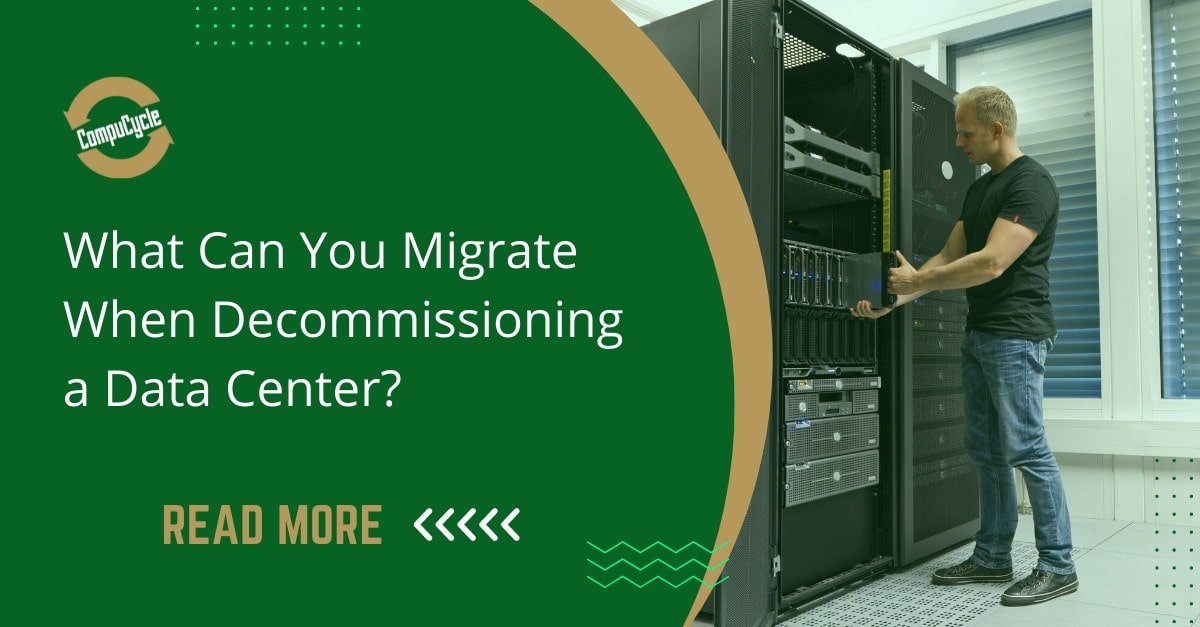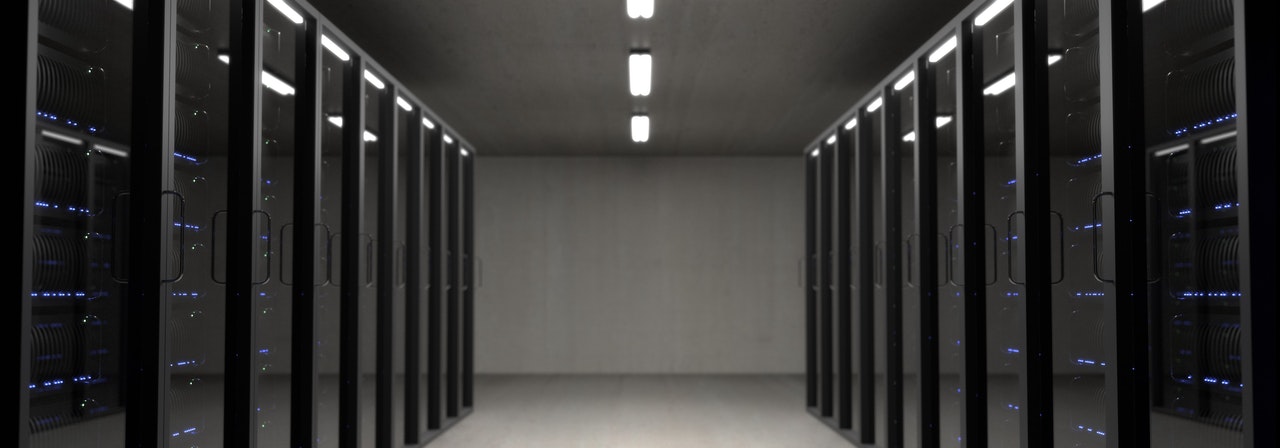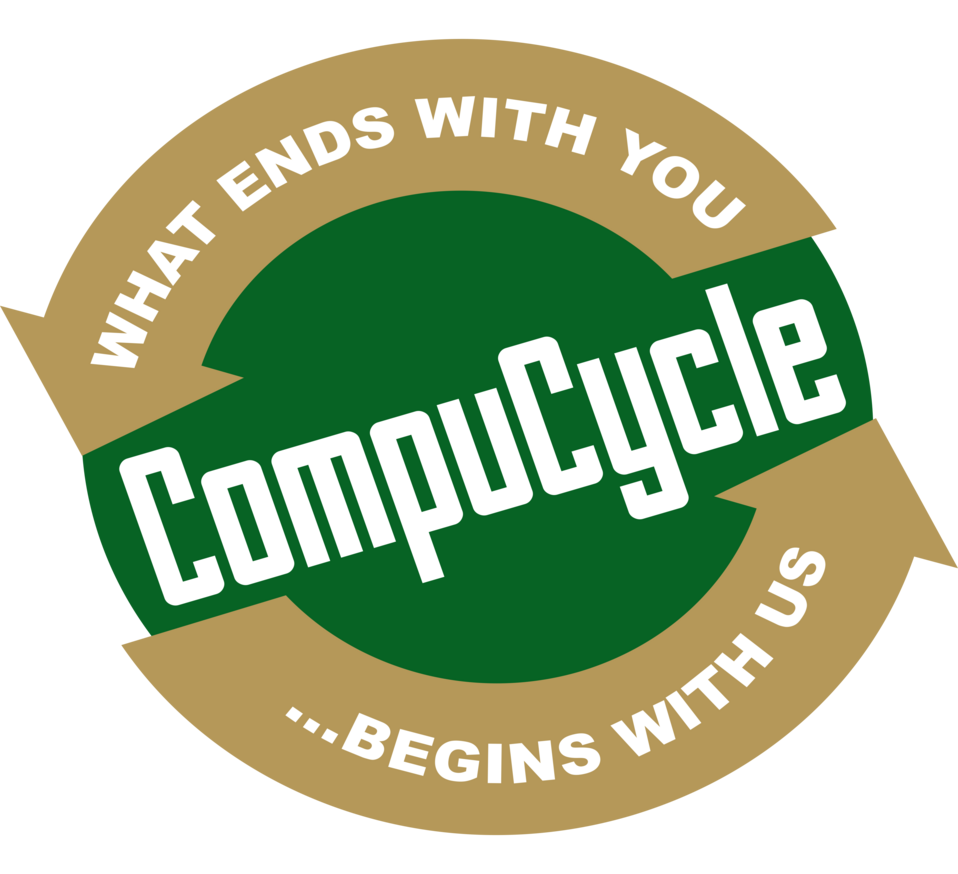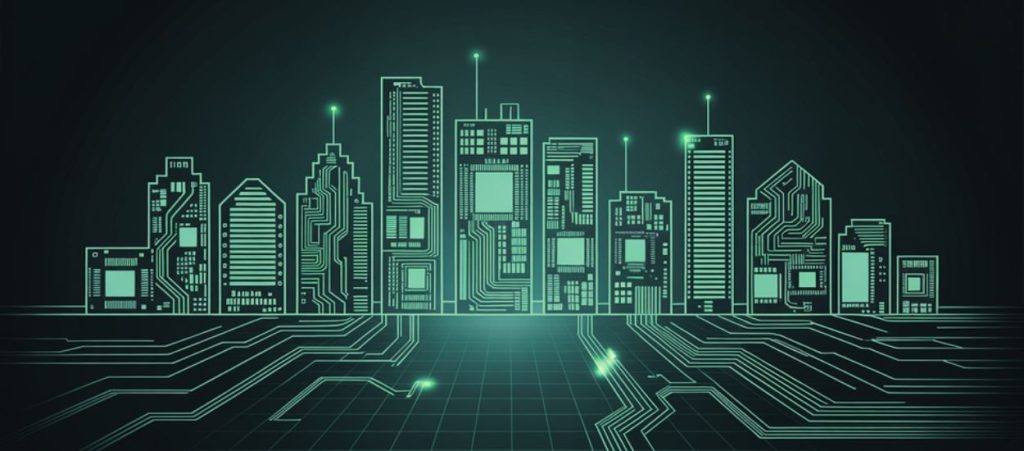
Information technology is generally beneficial in the modern context, but data centers have been helpful. Their data storage and backup capabilities have been instrumental for organizations and optimized operations. However, technological progression often necessitates data center decommissioning since newer models are more capable and efficient.

The challenge is that these data centers are full of sensitive organizational information that cannot get leaked. Therefore, it will be up to you and your team to ensure the data center asset disposal is comprehensive and secure, protecting stakeholder interests.
The best solution would be to migrate all the data and wipe the old systems. However, is it possible to migrate everything during the process?
What is Data Center Decommissioning?
Firstly, let’s briefly address what data center decommissioning is. Data center decommissioning refers to shutting down data servers or similar IT equipment. Servers are expensive equipment, so decommissioning doesn’t happen too frequently.
It usually occurs when the technology becomes outdated, and the business needs to replace its current servers with advanced models. They also need replacement if they become too damaged during a natural disaster. In both cases, the asset disposal needs to be secure to ensure nobody steals the data.
What Can You Migrate When Decommissioning a Data Center?
Each data center has specific configurations, and everything cannot be transferred to your new setup. However, there are some elements that you can and should migrate.
1. Database Servers
Your database servers include all data you’ve stored in your data center, including backups. IT professionals from businesses like CompuCycle can help you migrate this data efficiently and effectively to the new data center.
A critical part of this migration involves maintaining data categories and compartments to remain organized.
2. Applications
Applications within your data server help simplify data transfer, storage, access, and integration. Although data center applications are designed to be compatible with the original system, the next technological advancement primarily accommodates compatibility with older models to simplify the migration process.
3. Antivirus
Your information security configurations protect your system from viruses and prevent data leaks. Therefore, it is best to migrate your antivirus when shifting everything to new servers. Additionally, antivirus subscriptions typically have annual payments, so it is best to retain them lest you must subscribe for the service again.
4. Firewalls
Firewalls are another security feature that protects your information systems against cyberattacks and similar concerns. You can upgrade them after you have finalized the new data center. Still, it is best to migrate the firewalls as they are initially to ensure the security remains intact.
5. Support Configurations
Lastly, several support functions are closely related to the data organization within the system. It is best to migrate them to ensure the integrations and links remain in place, and your team has an easier time adjusting to using the new model.
How to Decommission a Data Center
Decommissioning a data center is a comprehensive process that requires planning, attention to detail, and expert execution. Following are the core steps you need to accomplish the task:
1. Establish a Project Plan
Firstly, your team needs to establish a project plan and timeline that covers process flow. Most organizations outsource the decommissioning process to IT consultancies and experts and request this plan from their teams.
This detailed plan requires extensive research about your organization’s operational framework, so you’ll need to prepare your teams in advance.
2. Itemize Hardware and Software
Creating a detailed record of each hardware and software in the facility is a necessary part of the process. This documentation will help maintain a record of each item, allowing you to track each tool’s review and comparison to upgrade suggestions.
3. Planning and Arrangements
After setting the groundwork, it is time to plan and phase out the execution. You’ll need to have established timelines for each deliverable and track progress. Make arrangements to obtain all necessary tools for the transfer. That includes physical tools for carrying hardware and virtual instruments for digital transfers.
4. Execute Data Migration and Asset Relocation
Data migration is one of the most critical parts of data center decommissioning. It involves transferring information, applications, and security and support configurations. This step requires extensive coordination from departmental teams, so they will need to be available for the process.
5. Secure Asset Disposal
Lastly, work with an ITAD company like CompuCycle for asset disposal post-migration. You may have wiped your systems, but the experts can help ensure that no trace of your data remains accessible. It will prevent data breaches and potential exploitation.
Wrapping Up
Decommissioning a data center involves migrating database servers, firewalls, applications, antivirus, etc. The more detailed your plan and strategy, the more efficiently you’ll be able to accomplish this task.
Don’t hesitate to contact the CompuCycle team to help you with asset disposal after decommissioning. We are a leading ITAD company and will ensure your systems are securely recycled or refurbished.
Recent Articles
Secure Electronics Disposal in Houston: Why the City’s Largest Industries Trust CompuCycle
When a major healthcare system decommissions thousands of laptops, or an oil and gas company retires an entire data center, one question comes up again and again: What happens to all that data — and…
Read MoreCompuCycle Executives Join R2 TAC and e-Stewards Leadership Council to Advance ITAD Standards
Houston-based ITAD provider deepens its industry influence through active participation in standard-setting committees. As corporate ITAD needs evolve alongside stricter compliance and ESG requirements, CompuCycle continues to lead the way—this time by contributing directly to…
Read MoreI’m Just a Computer: A Journey Through ITAD Recycling
Meet Chip the Computer – he’s about to take you on an unforgettable journey through the world of IT Asset Disposition (ITAD). Buckle up for an adventure that’s both educational and entertaining! Chapter 1: “Hello,…
Read MoreIs There a Wrong Way to Recycle Electronics?
Most people agree that recycling electronics is the right thing to do. It prevents hazardous waste from entering landfills, supports sustainability goals, and allows for the recovery of valuable materials. But what many businesses don’t…
Read More


